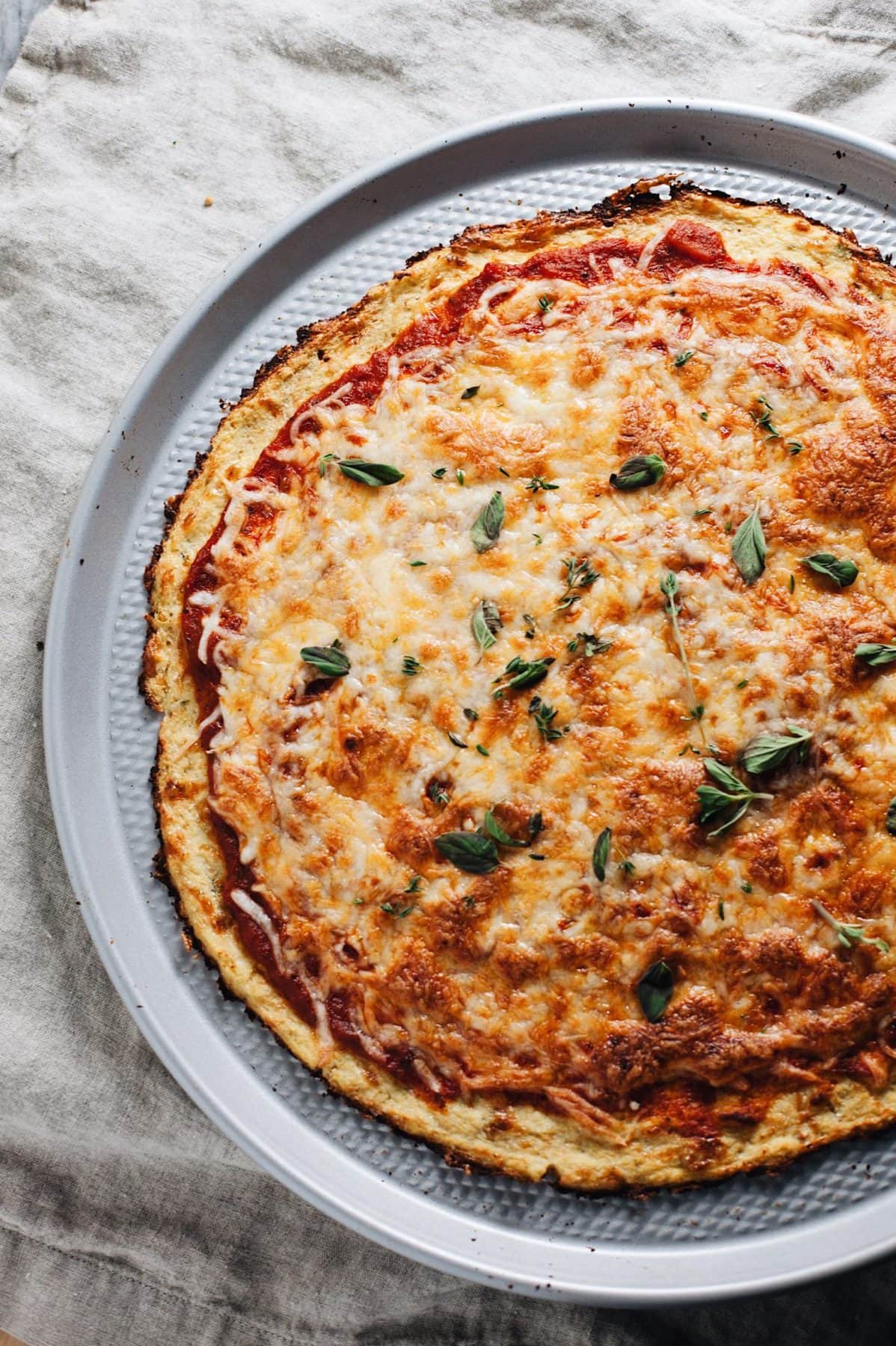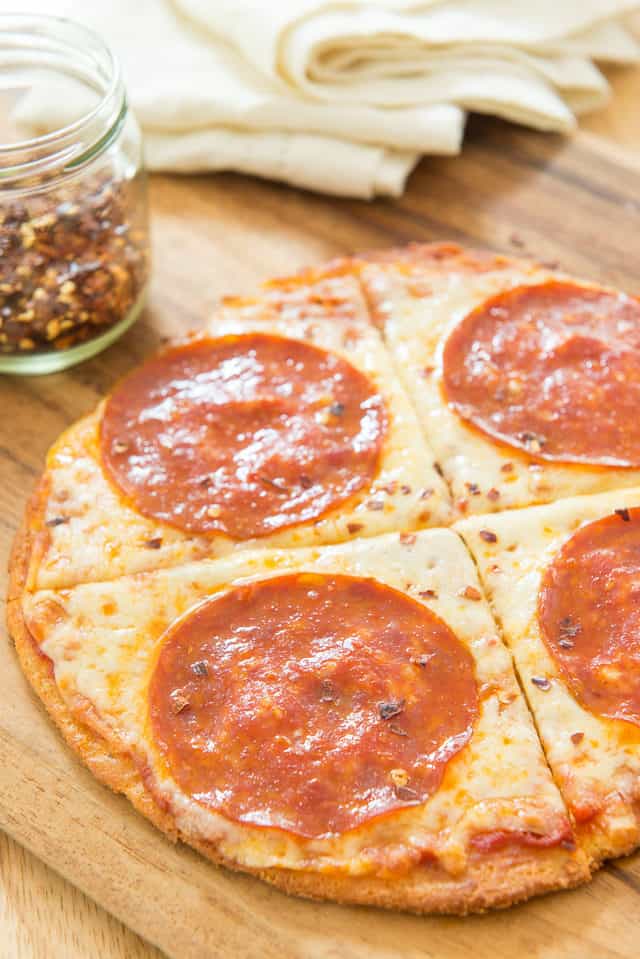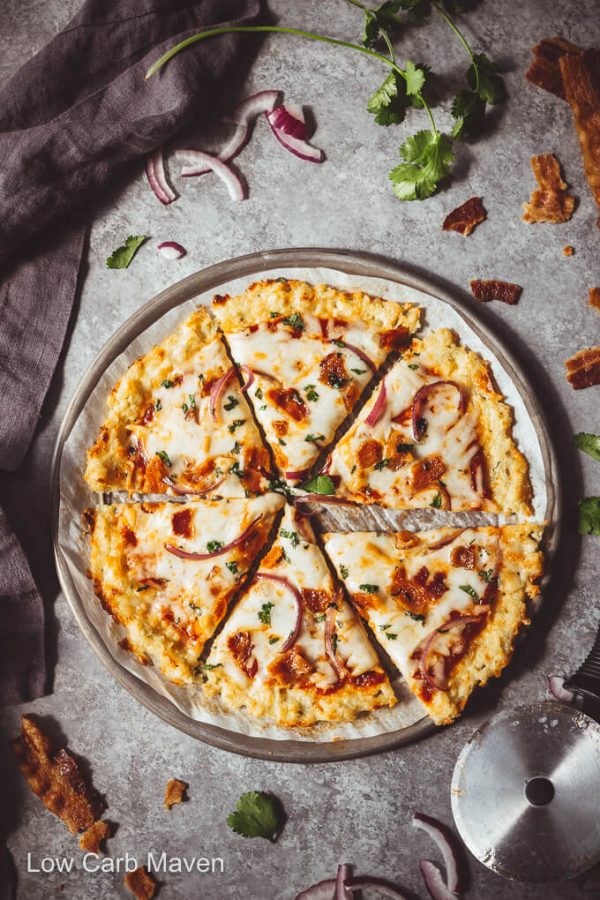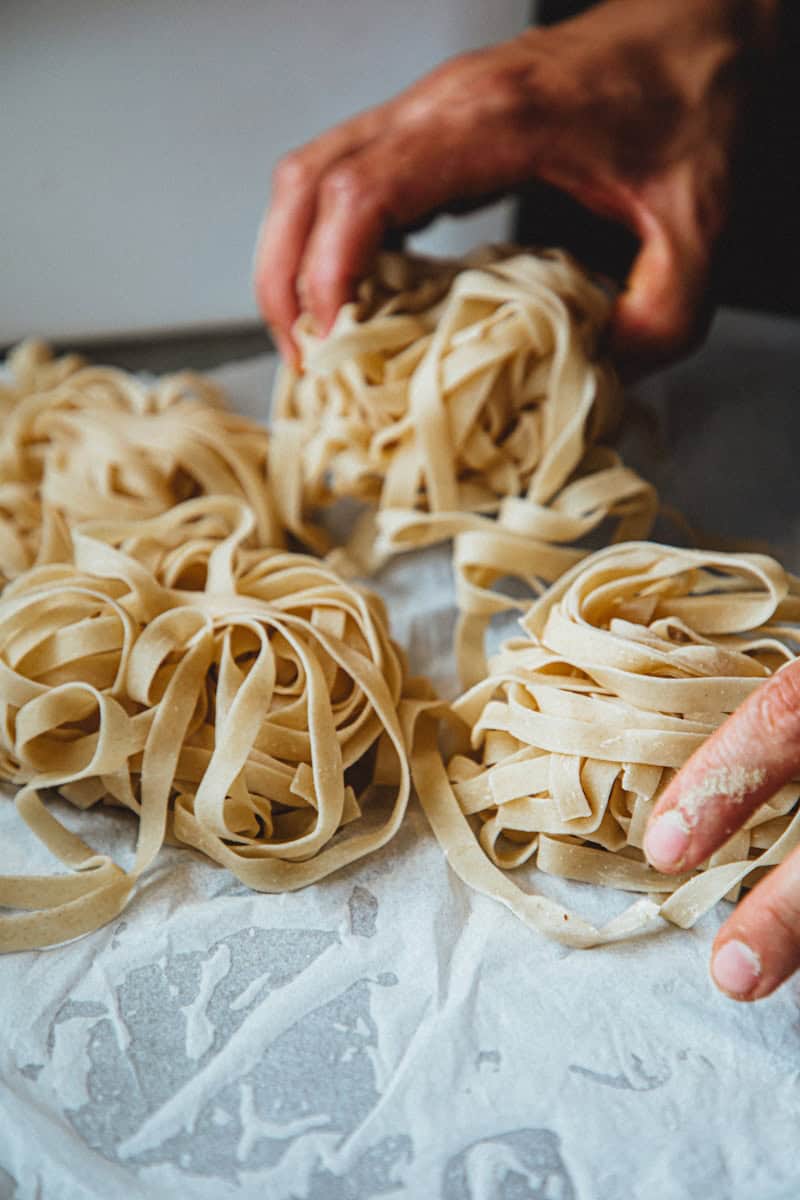Disclaimer: Prices and availability of grocery items may vary significantly depending on your location and the time of purchase.
This guide is intended to provide general budgeting tips, but the total cost may differ based on regional pricing, seasonal fluctuations, and other local factors.
Please adjust your grocery budget accordingly to reflect your specific circumstances.
Sticking to a low carb diet doesn’t mean you have to spend a fortune on groceries. In fact, there are plenty of budget-friendly options that can help you maintain your healthy lifestyle without draining your wallet.
Even if you’re a seasoned low carb enthusiast or just starting out, this guide will show you 10 affordable picks for your low carb grocery list needs.
Let’s jump in and explore these wallet-friendly, nutritious choices that’ll keep you satisfied and on track with your dietary goals.
Why Choose Low Carb?
First things first, why go low carb? A low carb diet can offer numerous health benefits, including weight loss, improved blood sugar levels, and better heart health.
And with reducing your intake of carbohydrates, you encourage your body to burn fat for energy, which can help you shed those extra pounds.
Plus, a low carb diet often includes more whole foods and fewer processed items, leading to better overall health.
The Affordable Low Carb Grocery List
Here’s a rundown of the 10 affordable picks for your low carb grocery list needs. These items are not only nutritious and delicious but also easy on the wallet.
1. Eggs
Eggs are a staple in many low carb diets and for good reason! They’re packed with protein, healthy fats, and essential nutrients. Plus, they’re incredibly versatile. You can scramble them, boil them, make omelets, or even whip up a batch of deviled eggs.
– Nutritional Value: Eggs contain about 1 gram of carbs per egg.
– Cost: Typically, a dozen eggs can be purchased for a few dollars.
2. Chicken Thighs
Chicken thighs are often cheaper than chicken breasts and are just as nutritious. They’re a great source of protein and healthy fats, making them perfect for a low carb diet.
– Nutritional Value: Less than 1 gram of carbs per serving.
– Cost: You can usually find chicken thighs for a lower price per pound compared to other cuts of chicken.
3. Ground Beef
Ground beef is a budget-friendly protein that’s perfect for a variety of dishes. From burgers to meatloaf to taco bowls, ground beef is versatile and satisfying.
– Nutritional Value: Zero carbs in pure ground beef.
– Cost: Look for sales or bulk deals to get the best price.
4. Canned Tuna
Canned tuna is an affordable and convenient protein source that’s low in carbs and high in omega-3 fatty acids. It’s perfect for quick meals and snacks.
– Nutritional Value: Virtually zero carbs.
– Cost: Generally inexpensive, especially when bought in multipacks.
5. Frozen Vegetables
Frozen vegetables are a great way to save money while still getting your daily dose of greens. They’re often cheaper than fresh produce and just as nutritious.
– Nutritional Value: Most frozen vegetables contain less than 5 grams of carbs per serving.
– Cost: Very cost-effective, especially when bought in bulk.
6. Cheese
Cheese is a delicious and low carb addition to your diet. It’s packed with protein and healthy fats, making it a great snack or meal component.
– Nutritional Value: Generally 1-2 grams of carbs per ounce.
– Cost: Prices vary, but you can find affordable options in most grocery stores.
7. Greek Yogurt
Plain Greek yogurt is a fantastic low carb option that’s rich in protein. It’s perfect for breakfast or a snack and can be jazzed up with low carb fruits or nuts.
– Nutritional Value: Approximately 5-7 grams of carbs per serving (plain, unsweetened).
– Cost: Look for store brands or sales for the best deals.
8. Nuts and Seeds
Nuts and seeds are great for snacking and adding crunch to your meals. They’re low in carbs and high in healthy fats and protein.
– Nutritional Value: Generally 2-7 grams of carbs per serving.
– Cost: Buying in bulk can save money.
9. Avocados
Avocados are a fantastic source of healthy fats and very low in carbs. They’re versatile and can be used in salads, on toast, or as a topping for various dishes.
– Nutritional Value: About 2 grams of net carbs per avocado.
– Cost: Prices can vary, but they’re often reasonably priced when in season.
10. Cauliflower
Cauliflower is a low carb vegetable that can be used in a variety of dishes, from cauliflower rice to mashed cauliflower. It’s a great substitute for higher carb foods like potatoes and rice.
– Nutritional Value: About 5 grams of carbs per cup.
– Cost: Typically affordable, especially when bought whole.
Frequently Asked Questions
Q1: Can I eat fruits on a low carb diet?
Yes, but you should choose low carb fruits like berries, which have fewer carbs than fruits like bananas or grapes. Moderation is key.
Q2: Are there any low carb options for vegetarians?
Absolutely! Besides the items listed above like eggs, Greek yogurt, nuts, and seeds, vegetarians can also enjoy tofu, tempeh, and a variety of low carb vegetables.
Q3: How do I know if a food is low carb?
Check the nutritional label for the total carbohydrate content. Foods with 5 grams of carbs or less per serving are generally considered low carb.
Q4: Can I eat dairy on a low carb diet?
Yes, many dairy products are low in carbs, such as cheese, plain Greek yogurt, and heavy cream. Just be mindful of added sugars in some dairy products.
Q5: How do I stay full on a low carb diet?
Focus on eating plenty of protein and healthy fats, which can help keep you satisfied. Foods like eggs, meat, cheese, and avocados are great options.
Conclusion
Eating a low carb diet doesn’t need to be costly, with adding these 10 budget-friendly options to your grocery list, you can enjoy healthy and delicious foods without spending too much.
From the versatile egg to the nutrient-rich avocado, these affordable choices will help you stay on track with your diet and keep your meals tasty. Happy shopping and eating!
And by following this guide will help you stick to your budget while enjoying a variety of low carb foods.
Remember, eating well doesn’t have to be expensive.
With a bit of planning and smart shopping, you can easily reach your low carb lifestyle goals!
Happy Shopping!
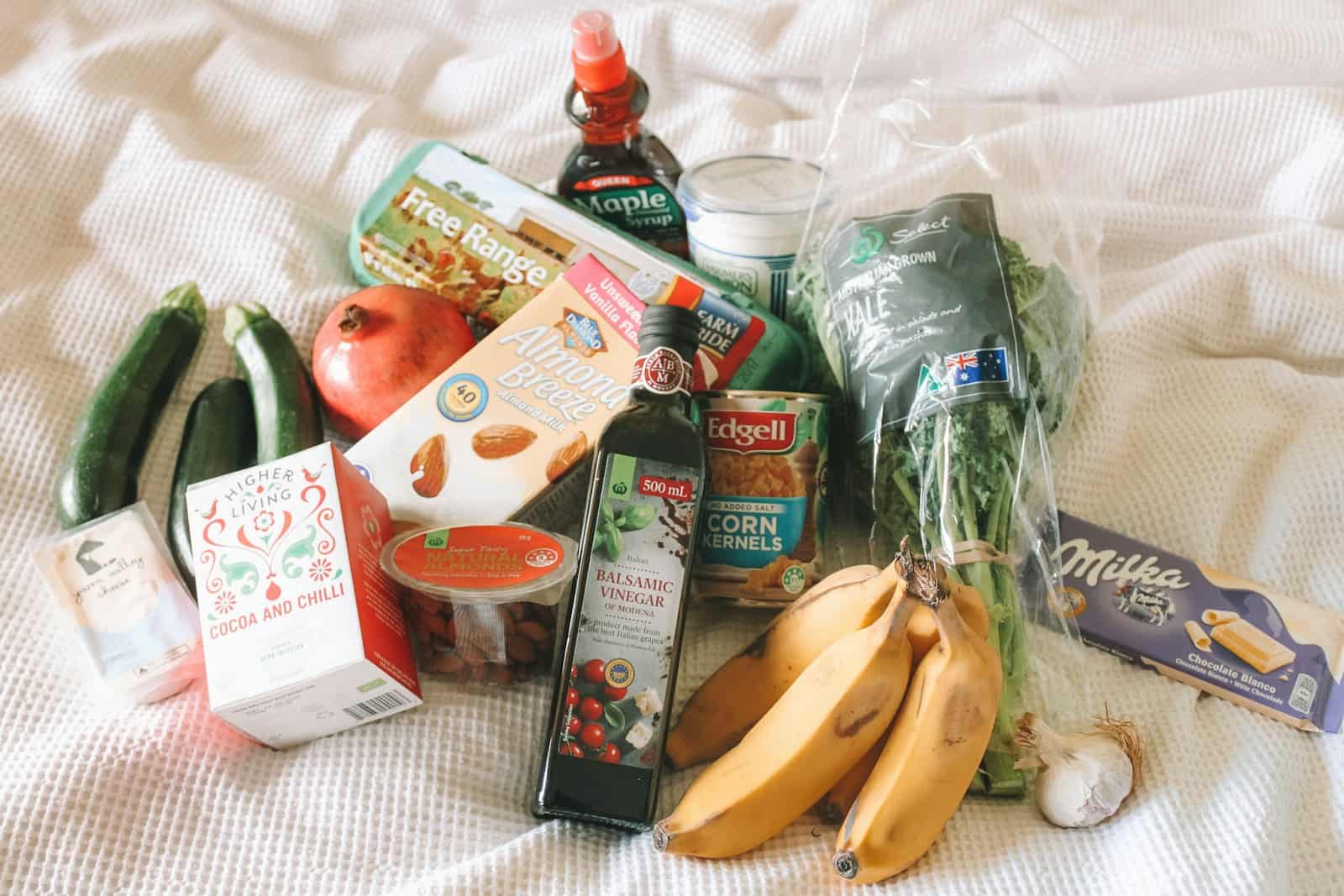

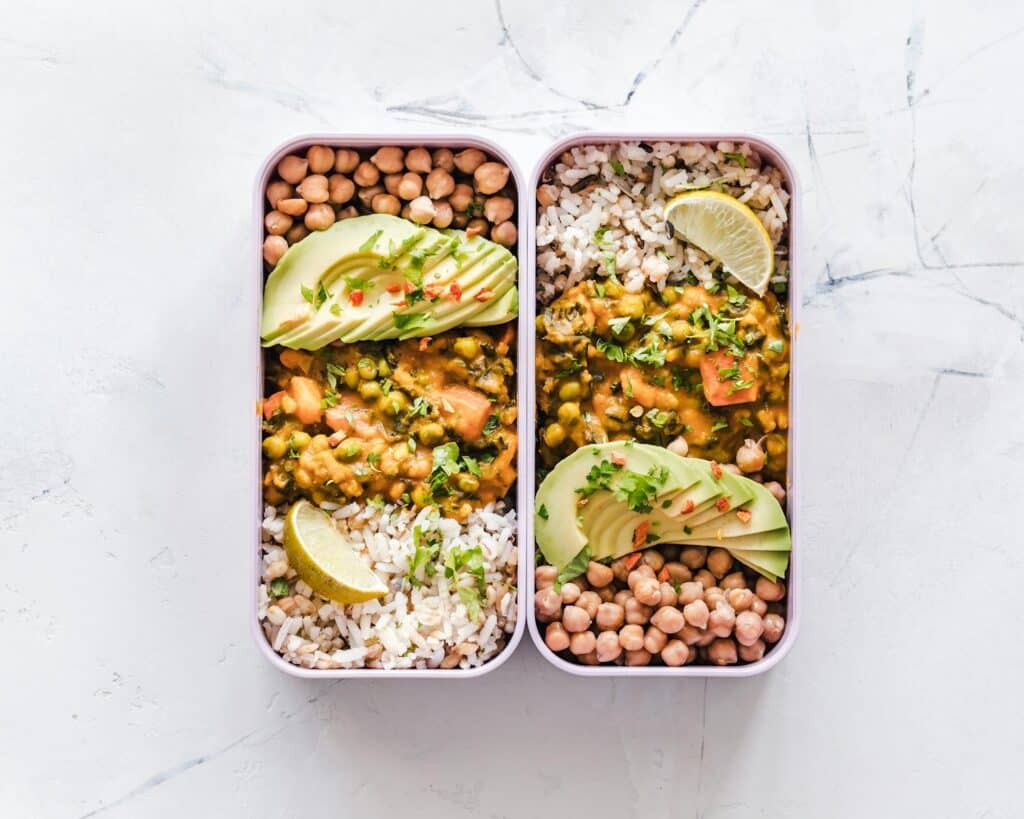
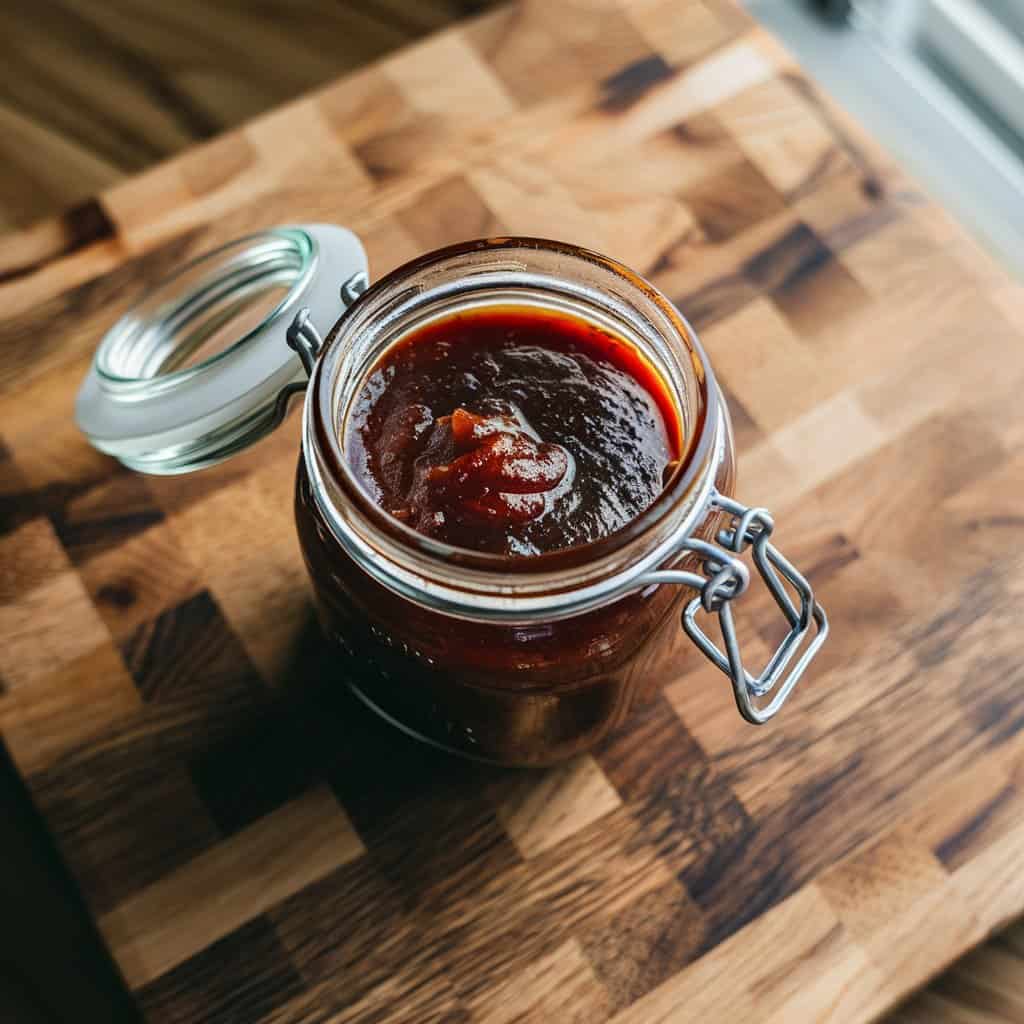
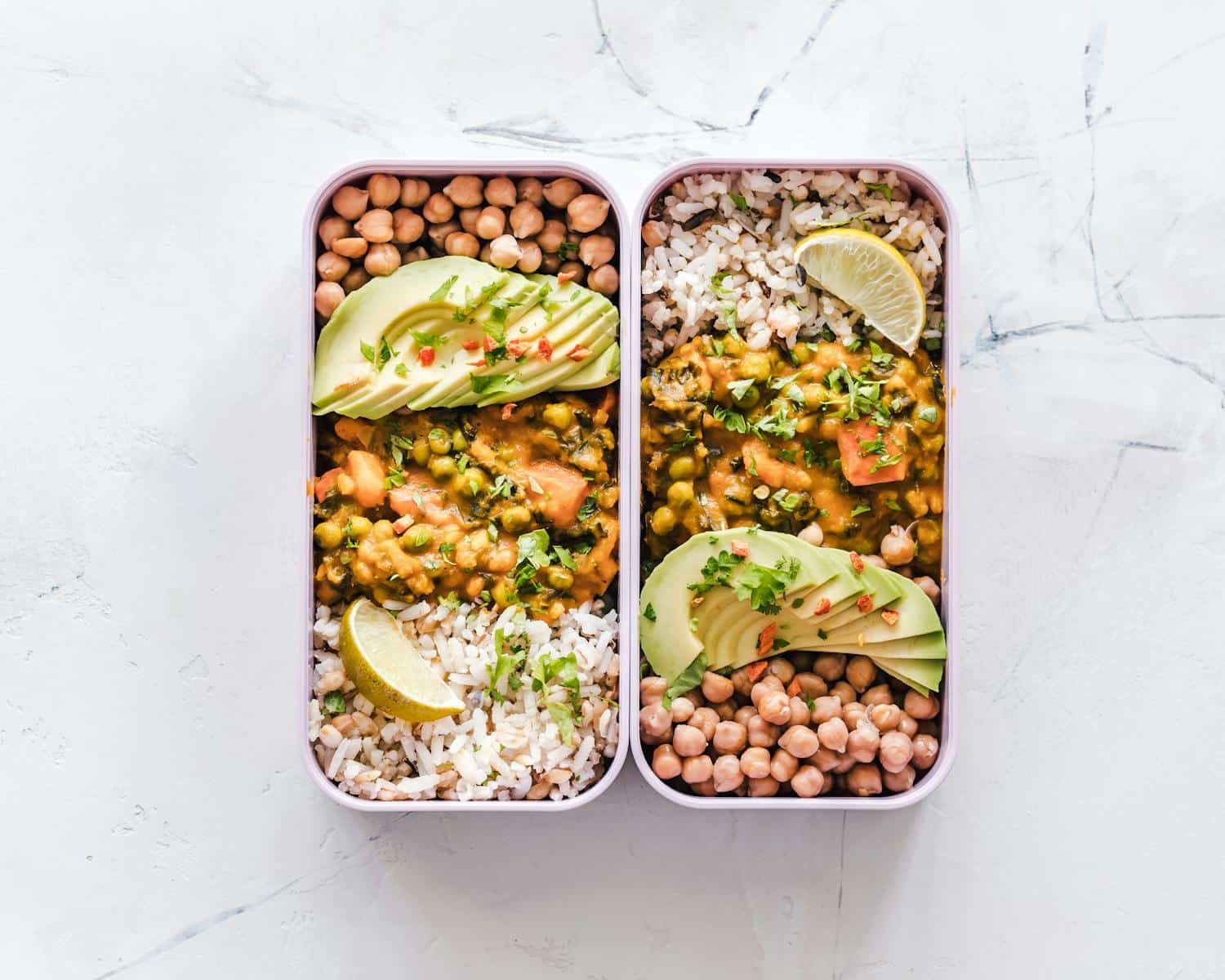

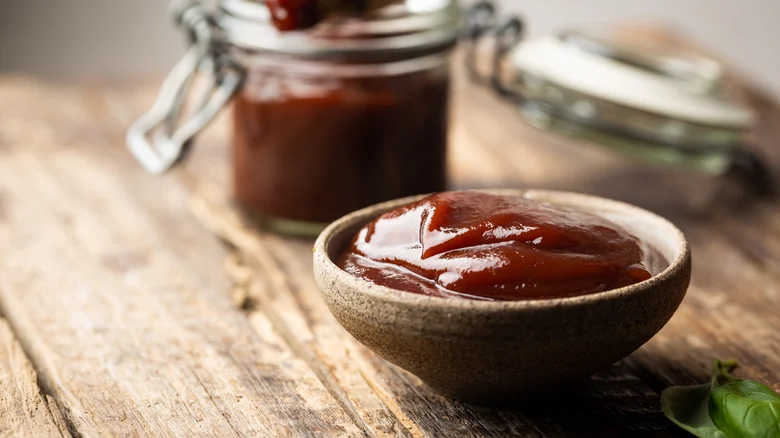
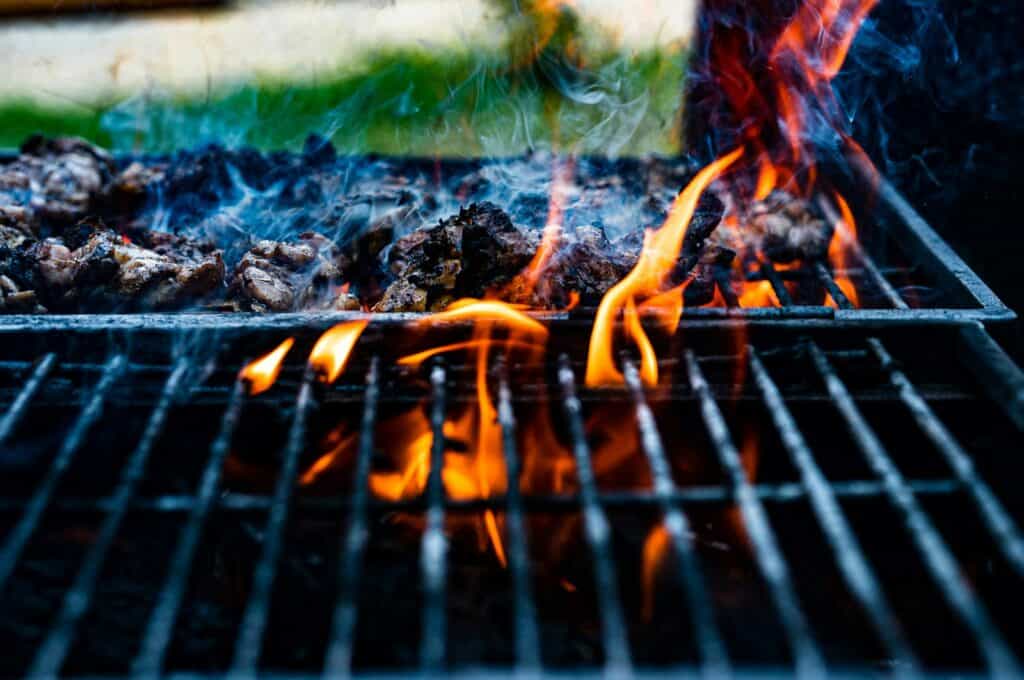

:max_bytes(150000):strip_icc():format(webp)/almond_flour_pizza_crust-10-b05a84f1af1e44c7a4cc55734e127825.jpg)
